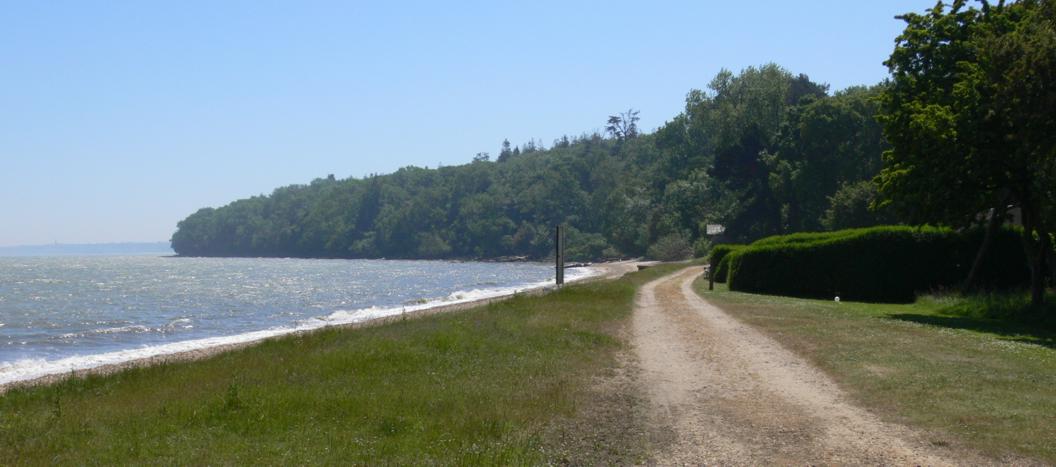Sea defence off course in Aberdeen
- Complaining about the Mainland - 17th August, 2024
- New island designation – is it just greenwash? - 26th April, 2024
- Police and Crime Commissioners – a solution or a problem? - 21st April, 2024
The BBC reports a spat between Montrose golf course and the city of Aberdeen:
About 100,000 tonnes of sand has been earmarked to be taken from Montrose to shore up the Aberdeen beachfront. However golfers in the Angus town say the proposal means that their erosion threatened course could be sacrificed.
There’s a long story behind all this, as ever. It seems that Aberdeen’s ‘golden mile’ was threatened when a storm began washing away the sand in 2003. Predictions suggested that the entire beach could be lost in 100 years’ time. Rejecting the cheaper and much uglier rock armour solution, the more expensive beach recharge method was chosen, whereby sand is pumped onto the beach from offshore, having been dredged up from elsewhere. There was also a bit of a turf war between the Scottish Executive and Aberdeen, involving lots of large sums of money, but if you want to know about that you can go and read about it somewhere else. The end result was a scheme that costs


The Geologist unfortunately agrees with the Ranger regarding the futility of the efforts to arrest the agents of erosion and transport of sand from Aberdeen beach due to natural marine processes. The Geologist can’t help feeling that the power of the sea, in moving large volumes of sediment, has been seriously underestimated by those involved in the project.
The wave action and tidal processes that act on the beach will very quickly redistribute the sand that has been dumped on the upper part of the beach further alongshore and offshore. Unfortunately the erosion observed along the beach, and in particular along the sea wall, is in part a result of the existing sea defences themselves. On a natural beach normally the wave energy is dissipated naturally by the upper shoreface and dune systems onshore however the presence of the sea wall means that the wave energy is merely reflected or deflected back towards the sea taking the sand with it and… …promoting erosion at the base of the sea wall and further along the beach. This effect combined with continuing rising sea level and increased storm frequency in year to come means that this is likely to be very difficult to avoid.
Of further concern to the Geologist is the plan to install rock walls or promontories extending out from the end of the current groynes at an angle of approx 45 deg. The project team believe that these walls (which will look unsightly and unnatural) will help to retain the additional sand on the beach and stop it from simply washing away due to the wave and tide action. The Geologist believes that this is unlikely and instead that, during the falling tide as the water drains from the beach and is forced through an artificially narrow gap, the resulting increase in velocity will increase the erosional power of the sea locally between the groynes resulting in the formation of channels cutting down into the beach. These channels are likely to promote further and more rapid erosion and removal of sand from the upper part of the beach.
Hopefully the Geologist will be proved wrong and this expensive experiment pitting civil engineering against one of the most powerful forces of nature, i.e the sea, will be a success. Unfortunately, history shows that the sea will always find a way.